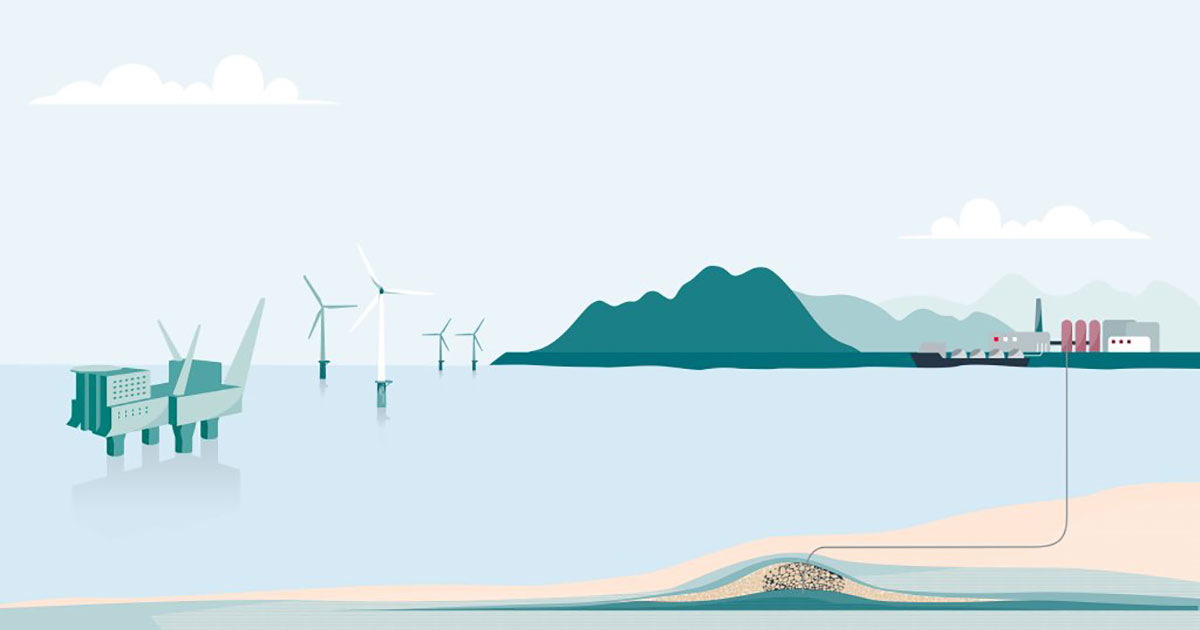Equinor has launched a new climate roadmap aiming to ensure a competitive and resilient business model in the energy transition, fit for long term value creation and in line with the Paris Agreement.
Equinor aims to:
- reduce the net carbon intensity, from initial production to final consumption, of energy produced by at least 50% by 2050,
- grow renewable energy capacity tenfold by 2026, developing as a global offshore wind major, and
“Today we are setting new short-, mid- and long-term ambitions to reduce our own greenhouse gas emissions and to shape our portfolio in line with the Paris Agreement. It is a good business strategy to ensure competitiveness and drive change towards a low carbon future, based on a strong commitment to value creation for our shareholders,” says Eldar Sætre, president and CEO of Equinor.
“We are now looking 30 years into the future, and it is not possible to predict an exact shape and pace of the transition. Not for society and not for us. But we know there will have to be significant changes in the energy markets, and our portfolio will change accordingly to remain competitive. We will produce less oil in a low carbon future, but value creation from oil and gas will still be high, and renewables give significant new opportunities to create attractive returns and growth,” says Sætre.
“Equinor’s strategic direction is clear. We are developing as a broad energy company, leveraging the strong synergies between oil, gas, renewables, CCUS and hydrogen. We will continue addressing our own emissions in line with the emitter pays principle. But, we can and will do much more. As part of the energy industry, we must be part of the solution to combat climate change and address decarbonisation more broadly in line with changes in society,” says Sætre.
The ambition to reduce net carbon intensity by at least 50% by 2050 takes into account scope 1, 2 and 3 emissions, from initial production to final consumption. By 2050 each unit of energy produced will, on average, have less than half of the emissions compared to today. The ambition is expected to be met primarily through significant growth in renewables and changes in the scale and composition of the oil and gas portfolio. Operational efficiency, CCUS and hydrogen will also be important, and recognised offset mechanisms and natural sinks may be used as a supplement.
In 2026, Equinor expects a production capacity from renewable projects of 4 to 6 GW, Equinor share, mainly based on the current project portfolio. This is around 10 times higher than today’s capacity, implying an annual average growth rate of more than 30%. Towards 2035, Equinor expects to increase installed renewables capacity further to 12 to 16 GW, dependent on availability of attractive project opportunities.


